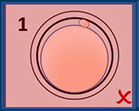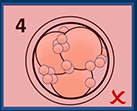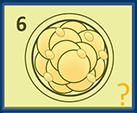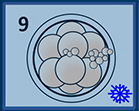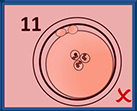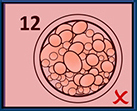EmbryoScopeTM Time-lapse System
When the embryos are cultured in the embryology laboratory, they are kept in incubators with optimal and controlled conditions. However, the embryologists have to take the embryos out of the incubators at specific points of time to assess their development under a microscope. This process exposes the embryos to fluctuations in the environmental conditions such as temperature and humidity, which may impose negative impacts on subsequent embryo development. The EmbryoScopeTM Time-lapse system allows the embryologists to monitor the embryos through the whole course of their development without the need to take them out of the incubators, thus avoiding any potential risks and damages to the embryos.
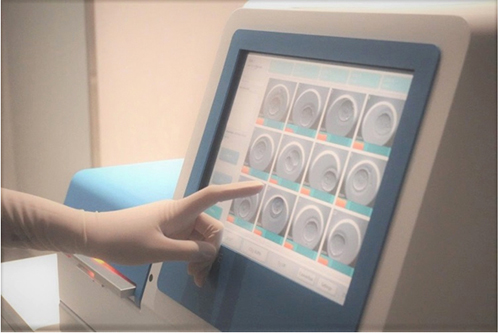
Moreover, the EmbryoScopeTM Time-lapse system has a built-in camera and microscope that takes an image of the embryos every ten minutes. As a result, Time-lapse videos of individual embryos are generated over the two to six days when they remain inside the EmbryoScopeTM incubator. The embryologists can observe the pattern of cell division and the time points of embryo development through the Time-lapse videos, and select the best quality embryos to transfer back to the uterus.
Differences between Standard Incubator and EmbryoScopeTM Time-lapse System:
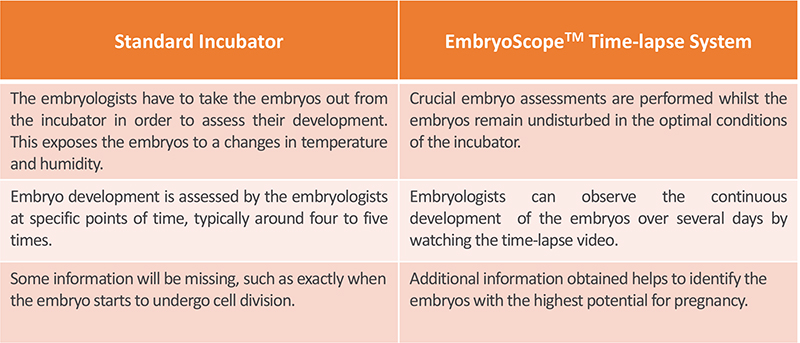
 scroll right to see more
scroll right to see more
What are the benefits of using EmbryoScopeTM?
-
EmbryoScopeTM supports better embryo development by providing a stable and undisturbed culture environment.
-
EmbryoScopeTM allows the embryologists to see the entire embryo development process, and detect any abnormalities in cell division times and developmental behaviour. The additional information helps to identify embryos with the highest implantation potential for transfer, and hopefully achieves the best chance of pregnancy.
 scroll right to see more
scroll right to see more
Is EmbryoScopeTM Time-lapse monitoring a guarantee of IVF success?
The EmbryoScopeTM may improve In-vitro Fertilization (IVF) outcomes when compared to a standard incubator, but this has not been proven. It provides detailed information about the development of individual embryos to the doctor and the embryologists, so that they can identify the embryos that have the highest potential for successful treatment. However, this does not guarantee a successful pregnancy because there are many other factors that can influence the outcome of an IVF treatment.
